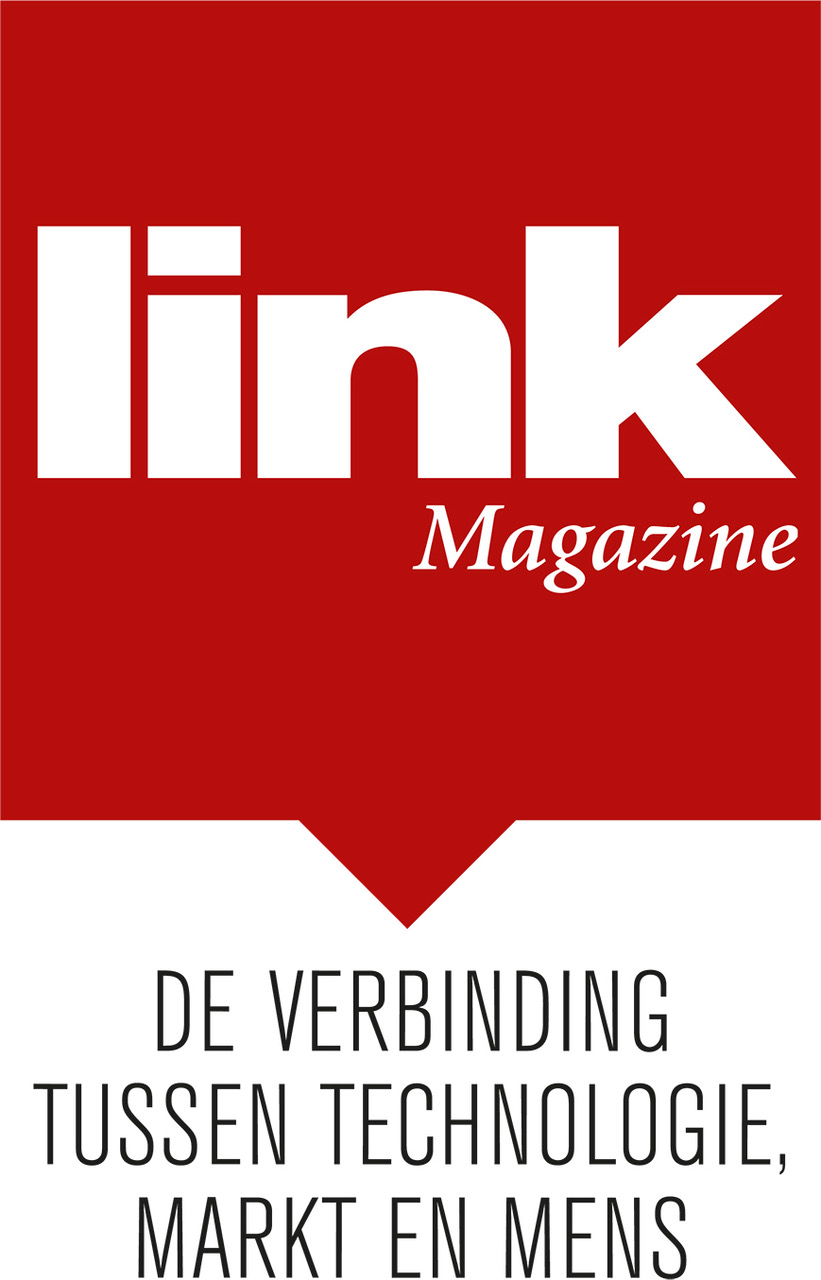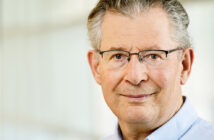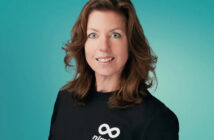Innovative business models for Dutch high-tech
Getting to grips with child abuse
Very often, suspicions of physical child abuse are based solely on ‘gut feeling’ – and therefore no diagnosis is made. But improvement is on the way: researchers at the Amsterdam Academic Medical Center (AMC) have developed a method of spectroscopic imaging that can very precisely determine the ‘age’ of bruises, which may be an indication of physical abuse. It will soon be available not only in hospitals, but also to GPs, social workers and the police. Anteryon Optical Solutions is a ‘brother in arms’ in that innovation project.
Child abuse – physical and psychological violence and neglect – is unfortunately widespread. The Dutch Child Abuse Hotline (AMK) receives 30,000 reports annually; approximately 10 percent are so serious that the cases are referred to the Child Care and Protection Board. In spite of serious suspicions, however, the council can often – in at least 50 percent of cases, it is estimated – do nothing other than ‘hand back’ the child to its parents/carers, the reason being that it is impossible to prove the abuse conclusively.
Maurice Aalders, professor of Forensic Biophysics and a member of the Biomedical Engineering & Physics group at the AMC: ‘At the AMC we have a Child Abuse Team comprising highly experienced paediatricians, social workers, radiologists and GPs. Because they don’t have any way of taking measurements, they often have to base their judgements on their gut feeling that something isn’t right. This means that even when the suspicions are serious, they sometimes have no choice but to let a child go back to its parents. This is obviously very unsatisfactory.’
Bruises
Spectral imaging, which combines spectroscopy with imaging, has the potential to help, Aalders explains. The AMC has been conducting research into applications for this technology for over 15 years. Physical abuse is one of them. ‘With the help of this technology, it is possible to establish the precise shape of a bruise (which could point to this type of crime, ed.), how deep it is and how ‘old’ it is.’
In simple terms, spectroscopy works like this: you shine a light of particular wavelengths through a liquid and based on the absorption, (read: the colour spectrum returned) you can determine its exact chemical composition. This technique has been known for a long time and is already commonly used in hospitals. Take those small sensors (oximeters) which are clipped onto a finger or earlobe during an operation to measure the amount of oxygen in the blood. Maurice Aalders: ‘We are working on many more applications. For example, we are looking at bilirubin in premature babies (the yellowish skin colour, ed.) and at tumours in the head/neck area, skin, lungs, stomach and gynaecological tumours.’
Leap forwards
Whereas until recently spectroscopy only lent itself to point measurements (pixels), by combining it with imaging, the researchers at the AMC have succeeded in capturing the chemical information of larger tissue areas, even entire organs, in a single computer image. In all of their facets: large and small cells, with lots of blood or little blood; changes in cells (possibly indications that a tumour is developing); the shape and size of tumours, and so on.
A giant leap forwards, absolutely. With the caveat that it requires very large spectral cameras, plus an array of filters in order to obtain the required colour spectrum. 400 photos per procedure – differing in wavelength, i.e. in colour – are no exception. In short: this technology would only be suitable for hospitals that are able and prepared to invest €30,000 in it. Aalders: ‘Not exactly what we had in mind for the ‘bruises application’ at the outset: a small, handy instrument that would be affordable and would also be easy for GPs and social workers to use. They are often the first to see signs of child abuse. But their duty of confidentiality with patients places them in a precarious position: if they express a suspicion, they could lose contact with a family just like that, and then they are further away from helping the child. That’s why primary carers could really benefit from a reliable, affordable measurement instrument.’
Leg-up
While looking for industrial parties that could help achieve that, the AMC encountered a familiar face: Willem Hoving, a veteran of laser, optics and photonics development with Phillips and later with other firms, and since last year principal technologist at Anteryon Optical Solutions in Eindhoven. Willem Hoving saw opportunities for a smaller, cheaper solution, provided strong technology parties were involved. Assistance came in the form
of the IOP photonic devices subsidy fund; this was created by the Ministry of Economic Affairs in order to give a leg-up to the upcoming technologies of optics and photonics and encourage cooperation between parties in those fields. Aalders and Hoving wrote a project proposal, which was accepted: the ‘spectraphone’ project was born. Four years were allocated for the project, which ends this year.
What has also helped is that adjustable optical filters have since been developed enabling spectral cameras to be made smaller. However, the ambition of the IOP consortium extends much further, explains Ruben Tibben, managing director of Anteryon. ‘Our ultimate goal is to integrate this application into a smartphone. We haven’t yet got to that stage, but that is the speck on the horizon we are aiming for.’
Nanotechnology
Major strides have been taken towards that goal over the past three years, with impressive technological feats being accomplished along the way. Hoving mentions the two perfectly smooth mirrors inside the filter module, which – depending on the distance between them – allow a very specific wavelength to pass through. ‘By establishing a potential difference between small piezoceramic blocks between the mirrors, the wavelength can be set in a highly controlled manner using control electronics. Incredible precision is required: the distance between the mirrors is a fifth of a micron, 200 nanometres, and can be adjusted to the nearest nanometre. That’s real nanotechnology.’ Anteryon has managed to reduce the filter module to a device that can be placed in front of the lens of a photo camera. And because manufacturability is an important aspect of the development, it is one which can be made relatively cheaply. The firm is currently working on further miniaturisation, including for the control electronics.
Project Manager Maurice Aalders: ‘The challenges involved in making this are huge. Initially, the idea was to bring in a lot of expertise from outside. But when that didn’t happen, we had to do the development from scratch. Anteryon said: ‘We can do that, it’ll be fine’. At the beginning I wondered whether they would succeed. But they did what they promised.’
Manufacturability
According to Ruben Tibben, his company attaches great value to doing just that. ‘We want to be a catalyst for our customers’ innovations. One way is by explicitly addressing aspects such as cost and manufacturability. We devote a lot of resources to that, in this project too. The young team working on this has enormous drive and is putting a huge amount of time into it. In the longer term, we expect to set up an entire product line based on this technology for lots more applications. We have all kinds of ideas about that.’
The instrument designed to help primary care workers identify child abuse quickly, reliably and affordably will probably be marketed by the end of this year.
Alongside the AMC and Anteryon, the partners in the project are Delft University of Technology (optical calculations), Saxion University of Applied Sciences (ergonomic design) and the Apeldoorn-based spectrometer company Avantes (acquisition board).






